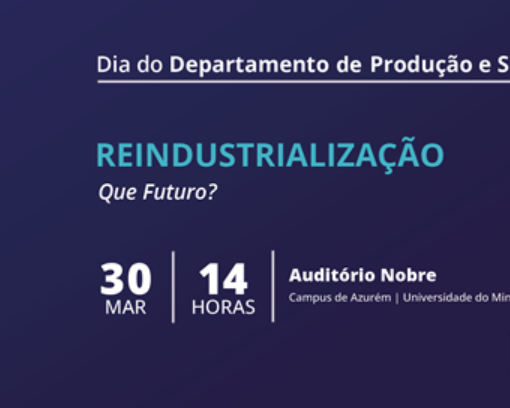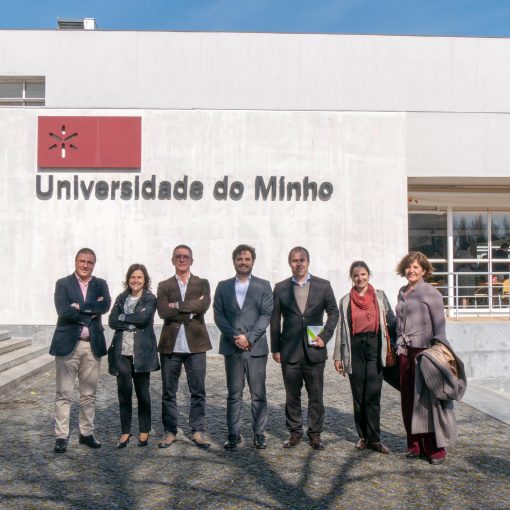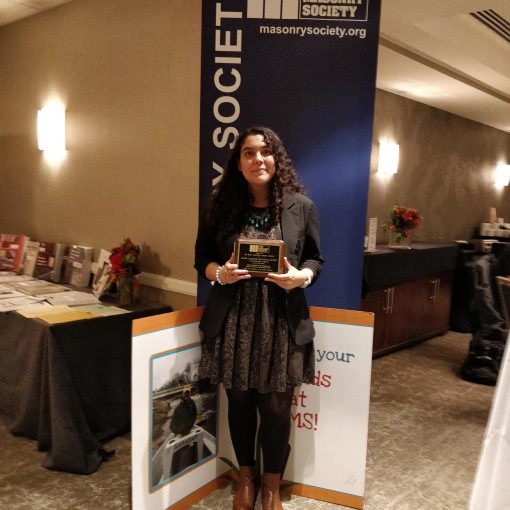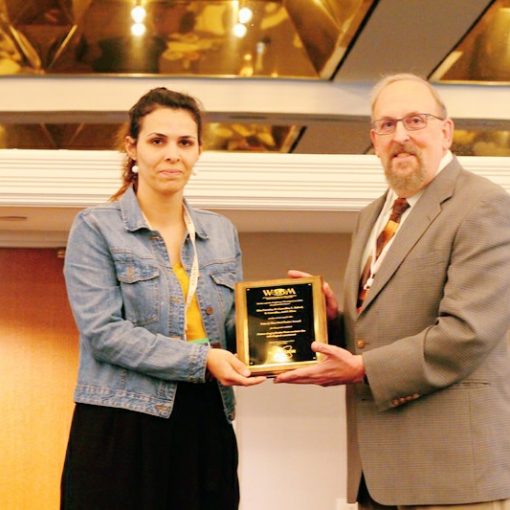Spacesuit’s manufacturing must consider multiple factors, avoiding injuries to astronauts, says Pedro Arezes, in an article with US universities .
Pedro Arezes, Full Professor of the EEUM, endorses a new study that spacesuits should consider multiple factors for each astronaut and be based on computational models. This allows to avoid musculoskeletal injuries, biomechanical changes and performance difficulties on astronauts, being especially important in missions outside the spacecraft and of long duration, as in the planned manned missions to Mars and to the Moon.
The study has just been published in the journal “Aerospace Medicine and Human Performance”, in co-authoring with scientists from MIT – Massachusetts Institute of Technology and the University of Colorado, USA.
The human mission to Mars can take more than 15 months and entail multiple challenges, such as maintaining the health status of astronauts and, at the same time, their high performance. The same happens to spacewalks outside of the International Space Station, which can last over six hours. For the researcher Pedro Arezes, the tasks developed by astronauts at the moment require more advanced spacesuits.
Their design should consider the interaction between various factors, such as the mass and volume of the suits, the required walking effort, the mobility and agility, and the fitness of the spacesuit to the specific anatomy of the astronaut. Without this optimization, erythema, excoriations, muscle fatigue, paresthesias, bruises and edema can arise, says the coordinator of UMinho’s Ergonomics and Human Factors Group.
The design challenge is that the construction envisions the complex relationship between the spacesuit and human interaction. It is necessary to develop computational tools that allow the evaluation of the spacesuits before they are tested by astronauts. “This is exactly where the computational models can simulate the performance of the astronauts, constituting a key tool in the design of the suits,” says Pedro Arezes.
For the director of the MIT Portugal Program – a partnership between the Portuguese Government and the prestigious American university -, “this is another study in which Portuguese science makes a contribution to the field of space exploration, reinforcing and giving shape to the national strategy, clearly visible in the recent creation of the Portuguese Space Agency.



